Maria Mitchell's Attic
Maria Mitchell’s Attic is a blog written on a weekly basis by the MMA’s Deputy Director and Curator, Jascin Leonardo Finger.
While its focus is mainly on Maria Mitchell, the Mitchell family, and life at 1 Vestal Street,
the blog also highlights the archives, collections, MMA properties, the history of the MMA
and its people, and aspects of the MMA that are lesser known.

August 17{1857} Today we have been to the far-famed British museum. I carried as “open sesame” a paper given to me by Prof. Henry asking for me special attention from all societies with which the Smithsonian {is} connected . . . . The art of printing has brought us incalculable blessings, but as I looked at a neat manuscript book by Queen Elizabeth copied from another, as a present to her Father I could not help thinking that it was better than worsted work! On August 2, 1857, Maria Mitchell and the young woman she was accompanying as a chaperone, Prudence Smith, arrived in Liverpool England for their European tour. Maria Mitchell’s “open sesame” was a letter of introduction – she went with several. She would find that the doors were thrown open for America’s first woman astronomer – she was that well known in America and abroad. She would become quite close to Sir George Airy, the British Astronomer Royal, and his wife Richarda, as well as the astronomical Herschel family. JNLF

After many years on the making, we are happy to officially announce the re-opening of the Maria Mitchell Vestal Street Observatory – also fondly referred to as the MMO. As you may have seen on the Maria Mitchell’s Attic bog, this has truly been more than a multi-year labor of love. Way back in 2016, we began the first steps with a structural assessment by structural engineer, John Wathne of Structures-North. That, coupled with an earlier Conservation Assessment Program grant from Heritage Preservation and supported by the Institute for Museum and Library Services that allowed the MMA to hire architectural conservator, Michael Devonshire, began us on our path to conserve the historic MMO. Grants from the Community Preservation Act and the M. S. Worthington Foundation supported the conservation work on the 1908 Observatory and its 1922 Astronomical Study. Masonry and grout were repaired, rusted iron lintels over windows and doors were replaced with steel and work was completed to the “parapets.” This sounds simple – it was not – it was a multi- year project to work with the masonry and to create a matching grout. Wayne Morris, the mason, became a fixture on Vestal Street again – as he did all the masonry conservation and work on the exterior of the Research Center. Once the MMO’s exterior was weather tight and the interior masonry work completed, the rest of the crew moved in to conserve the plaster, re-paint, and conserve the original 1922 bookcases and woodwork in the Study. Paint was removed from the dome bringing it back to its original glory. Cement floors were cleaned and treated and electrical wiring was updated and new lighting put in the Study. A major renovation was also conducted concerning the “Seminar Room” – a 1987 addition to the west of the MMO – which was completed in 2024. This was funded in large part by Mitchell family descendant and former (now honorary) MMA Board Member, Richard Wolfe. New office spaces were created for astronomy staff, updates were made to the astronomy intern workspace and meeting space, and a new accessible bathroom was completed. We also owe a huge debt of gratitude to two other board members in this work, particularly with the Seminar Room – Elizabeth Markel and John Wise. We would like to thank everyone for their roles in making this long journey a success and for doing all of this important work. Thank you does not express it well enough – they have truly all been heroes of the MMO. We are beyond grateful. THANK YOU and WOW it all looks incredible! Wayne Morris, Mason John Wathne, Structures-North Consulting Engineers Wise Construction – John Wise, Pat Marks, “Chip” and Crew Elizabeth Markel, Elizabeth Markel Interiors Ellis and Schneider Electrical Benjamin Normand, Normand Residential Design W. B. Marden Plumbing, Robert and henry Butler, Mike Gillies, and Derek Kevin Wiggin and Crew, KW HVAC INC Pen Austin, plasterer Evita Caune, Riptide Finishes Brian Connor and Crew, Brian Connor Electric Inc. Adam Zanelli and Crew, Nantucket Heritage Painting Michael Devonshire James Lydon and Sons and Daughter Michael Stefanski, Seed to Stone Landscaping Matthew Anderson and Maxx Ray Michael Gault Pioneer Cleaning Brook Meerbergen, M.A. Supply / Green Mountain Window Co. Nantucket Networks Polygon Group JNLF
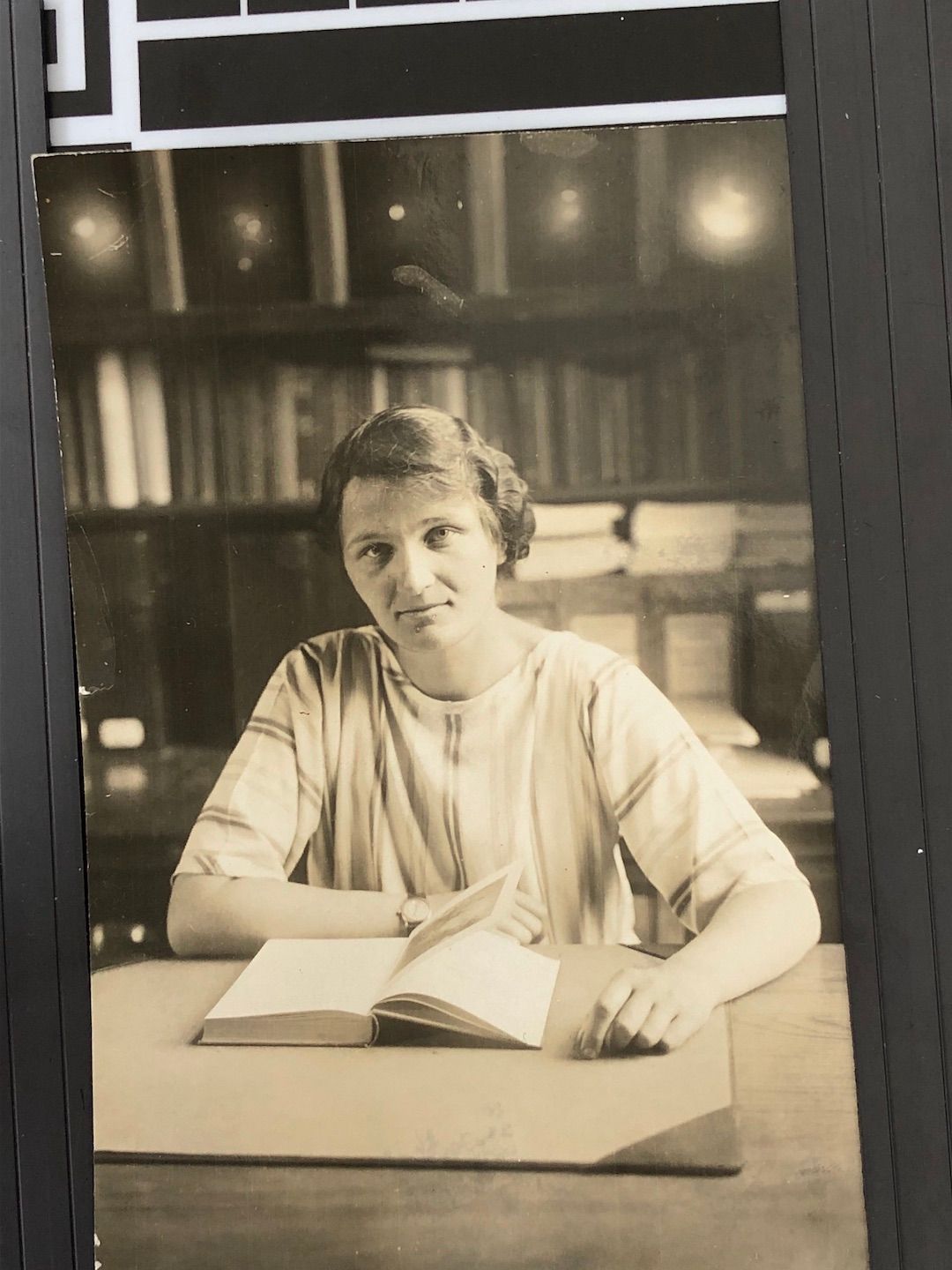
With the help of Edward Pickering from Harvard, the MMA was able to develop a research program and realized that a photographic telescope would be necessary. Funds were raised and by November 1913, a 7.5-inch photographic telescope was installed. Using Maria Mitchell’s 5-inch Alvan Clark telescope as a guide for the larger photographic telescope, the photographic telescope had a lens from Thomas Cooke and Sons of York, England and a cast-iron pier, mount, and clockwork by Alvan Clark & Sons in Cambridge, MA. The pier, mount, and clockwork are still present in the MMO – the pier and mount still utilized but by a 17-inch research telescope purchased with a grant from the National Science Foundation. The glass plates taken of the night sky at the MMO total more than 8,000 and they are still utilized for research. They capture a moment in the night sky that can never be captured again – just like a regular photograph. In order to capture the image of the night sky, exposures could last for as long as three hours or more. Glass plates were heavily used for researching variable stars. They also afforded opportunities for new discoveries that could go unnoticed when one looked through a telescope by eye. Glass plates are gelatin-coated dry plate negatives that first came into use in the 1870s. They were utilized well into the late twentieth century particularly because they did not shrink or deform like plastic film. At the MMA, we continued to take glass plates of the night sky until 1995 when we had the opportunity and funding to update to a CCD camera – charge-coupled devices. While the CCDs provided many improvements, they still did not have the detecting area and resolution of glass plates. Technology continues to evolve, and the MMA with it, as we work with new methods to capture the night sky photographically. JNLF
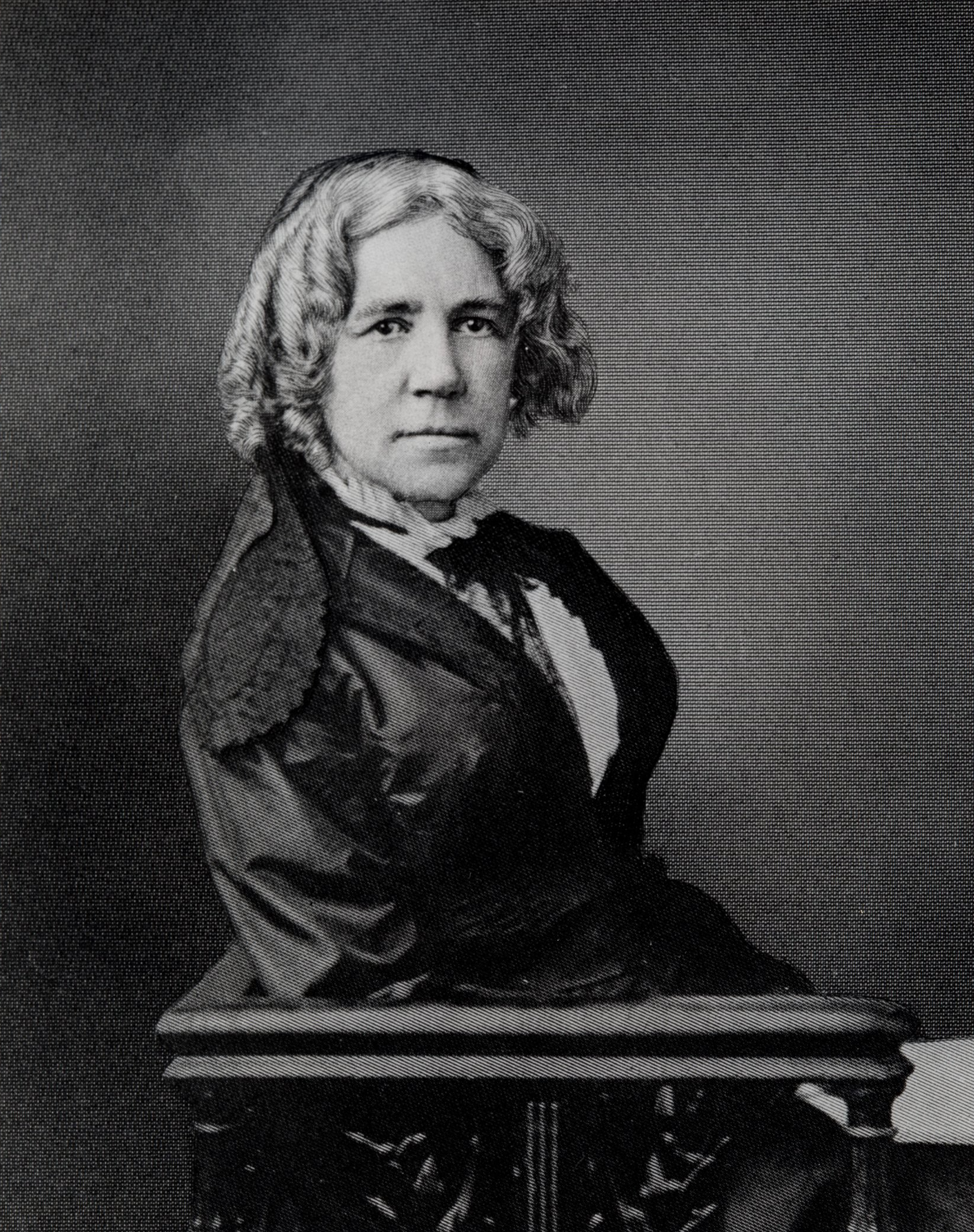
August 1, 2025 marks Maria Mitchell’s 207 th Birthday! Since just about the founding of the Maria Mitchell Association – way back in 1902 – the MMA has hosted some celebration or marked the occasion of our namesake’s birth. From 3-5PM FRIDAY, AUGUST 1, 2025 , Vestal Street will be close to traffic and our Vestal Street properties will be open free to the public. We will have activities, games, art projects, live music with Susan Berman and Ray Saunders, and refreshments will be served. So, stop by and say hello! JNLF P.S. If we actually get rain, we will move our celebration to Saturday, August 2 - so keep your ears out! We will decide Wednesday.
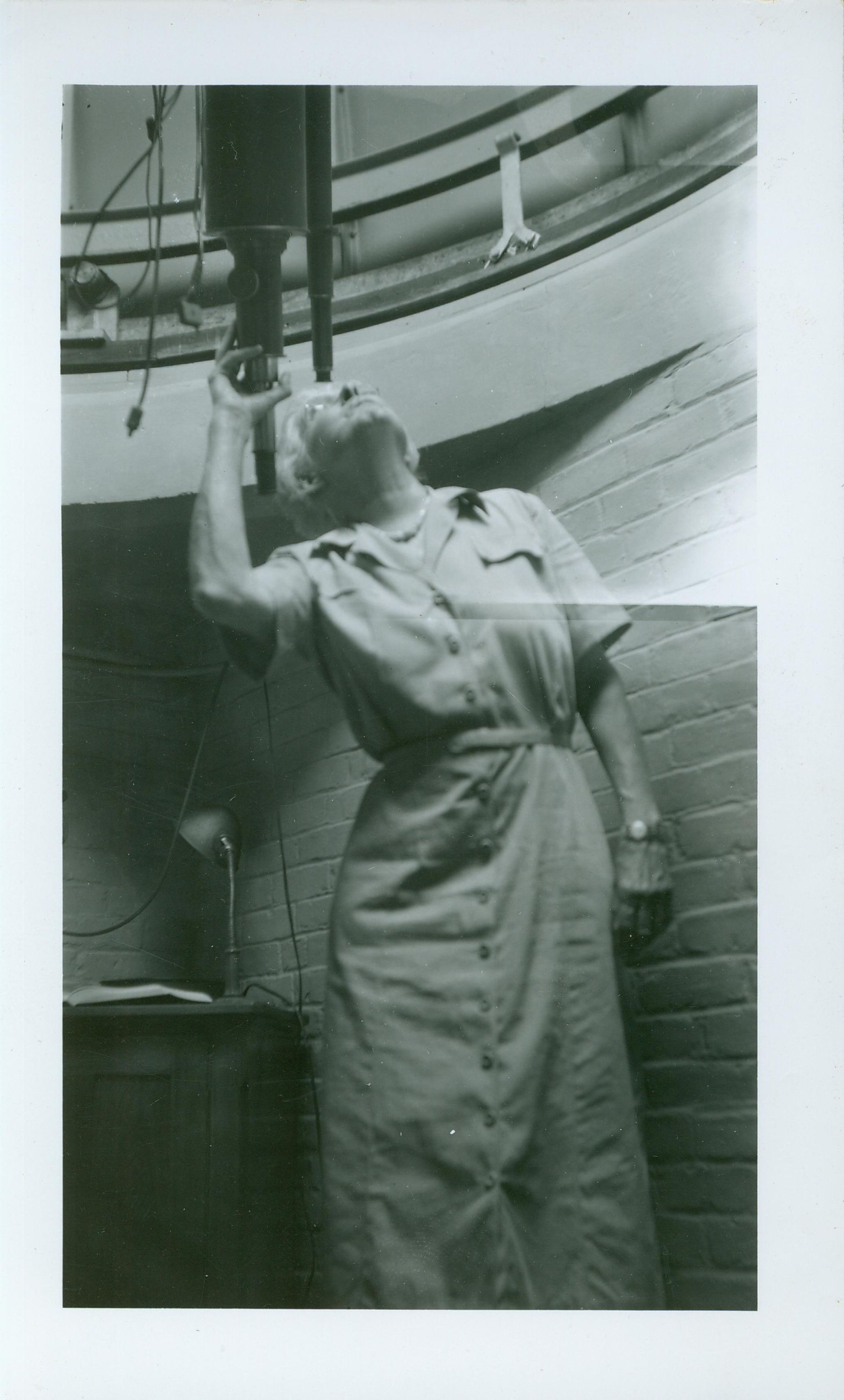
The MMA found its first astronomer in Margaret Harwood, a 1907 Radcliffe graduate who worked in the Harvard Observatory. Her fellowship began in 1912 and over the first year, she researched, continued to conduct public lectures and open nights, and worked with students of all ages – including those in the public schools. She returned to Cambridge for the winter months where she continued to work at the Observatory. In 1915, she took her leave as was authorized by the fellowship and acquired her master’s degree in astronomy at Berkeley. She returned to Nantucket in 1916, accepting the position of Director of the Observatory. This made Harwood the first woman to head a small private observatory in the United States. Harwood continued her research, with a focus on variable asteroids, published results of her work in numerous publications, and continued to lecture and host open nights. She had assistance from others, including island carpenter and school teacher, Alvin E. Paddock. Harwood became a “first –class celestial photographer . . . accumulating a valuable set of Nantucket photographic plates of variable stars . . .” which are still part of the MMA collection and were the first in the world to be completely digitized. Over the course of her tenure, more than 3,600 plates of the night sky were taken – more than 2,100 by Harwood herself. In the 1950s, Harwood was the first woman to gain access to the Mount Wilson Observatory then the world’s leading observatory, where she was able to use the photographic instruments to further her research. Harwood is seen in the photograph here as she looks for Venus during midday in the MMO using the Cooke-Clark telescope, guided by Maria Mitchell’s own Alvan Clark. JNLF
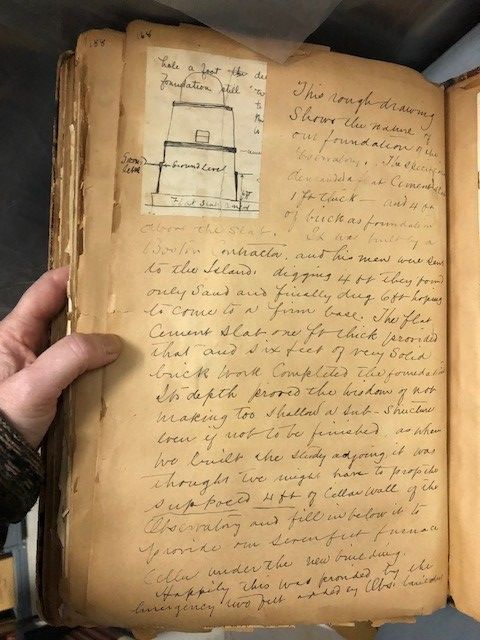
As we are now complete with the conservation of the historic Maria Mitchell Vestal Street Observatory (MMO), I thought it would be good to post a series of blogs concerning it history and activities, as well as some of the remarkable people who have made it what it is over the last 100 plus years. Therefore, over the next few weeks, the focus will be on the MMO. And it is now open for tours – Monday through Saturday 11-1PM. In 1906, the MMA was given Maria Mitchell’s five-inch Alvan Clark telescope which Mitchell purchased with money raised by the Women of America in 1859. With the telescope, a fireproof observatory was needed to house it and the activities surrounding its use. A campaign was developed to raise the funds for an observatory and in approximately four months, a small observatory was built at a cost of $4,800.00. Completed in 1908, the Maria Mitchell Observatory now was in need of a permanent astronomer. An Observatory Committee was developed and chaired by Annie Jump Cannon. From 1909 through 1911, the MMA was able to employ an astronomer to teach classes, observe, provide lectures, and open the observatory for public observing for approximately a month each summer. As the demand grew, the MMA realized that a more extensive program was needed and the Astronomical Fellowship Committee began to raise funds for an Astronomical Fellowship Fund. With the support of many generous donors and a matching gift from Andrew Carnegie, by 1911 the MMA had the funds it needed to support the fellowship and began its search for an astronomer who would conduct research, provide lectures and classes, and conduct open nights for the public from mid-June through mid-December. The fellow would spend the remainder four months in research and study – every fourth year a full year of study would be spent in an American or European observatory. JNLF

July 31, 1883. I had two or three rich days! On Friday last I went to Holderness, N.H.. to the Asquam House; I had been asked by Mrs. T to join her party. There was at this house Mr. Whittier, Mr., and Mrs. Cartland, Professor and Mrs. Johnson, of Yale . . . The house seemed full of fine, cultivate people. We stayed two days and a half. And first of the scenery. The road up to the house is a steep hill, and at the foot of the hill it winds and turns around two lakes. The panorama is complete one hundred and eighty degrees. Beyond the lakes lie the mountains. The Asquam House sat atop Shepard Hill and was built in 1881. A hotel, it has space for fifty guests, it was located near Squam Lake and became part of a summer enclave that developed there in the later part of the nineteenth century. Today, the area is a National Historic Landmark, but sadly, the hotel was demolished in 1948. Maria would have been familiar with these people seen here – and others I did not include – but particularly John Greenleaf Whittier who was something of a family friend. He was close to one of her younger brothers, William Forester. JNLF
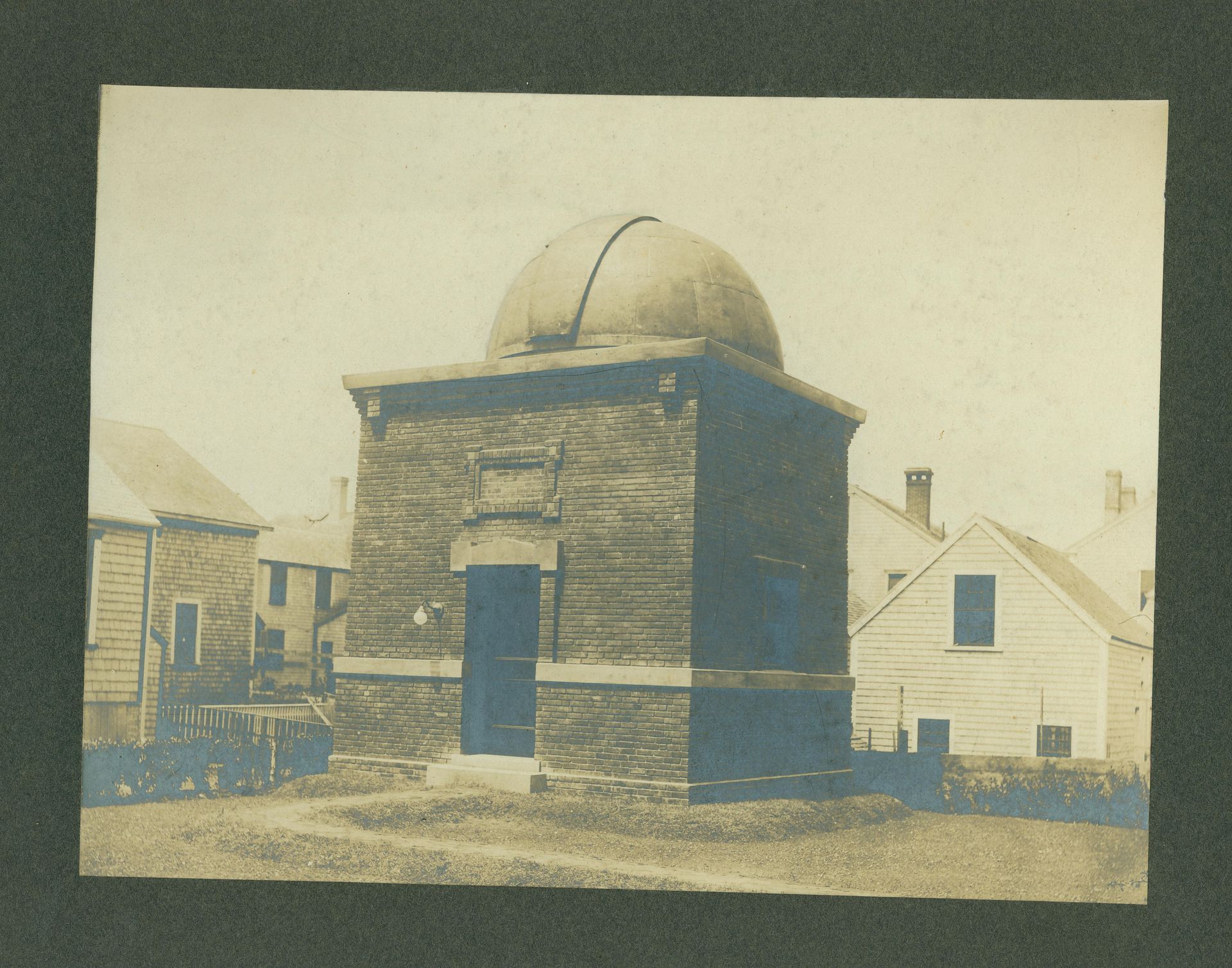
As we are now complete with the conservation of the historic Maria Mitchell Vestal Street Observatory (MMO), I thought it would be good to post a series of blogs concerning it history and activities, as well as some of the amazing people who have made it what it is over the last 100 plus years. Therefore, over the next few weeks, the focus will be on the MMO. And it is now open for tours – Monday through Saturday 11-1PM. Founded in 1902, the Nantucket Maria Mitchell Association (MMA) had its beginnings in the Mitchell House where Maria Mitchell was born. Over the first few years, the preservation of the Mitchell House, family artifacts, and the collection and display of Nantucket’s native flora and fauna, as well as a small library, were the key components of the MMA. Special “Moon Evenings” were held on the lawn and people observed Nantucket’s night skies using several small telescopes, including William and Maria Mitchell’s two-and-three-quarter-inch Dollond telescope. The popular evenings led to the inevitable – a desire and need to expand based on the demands of the visitors to, and members of, the MMA. In 1906, Lydia Hinchman, a founder of the MMA and a family member, purchased the house and lot adjacent to the Mitchell House. The house – once the home of William Mitchell’s father and mother – was taken down. The MMA began a dialogue with the Harvard College Observatory and its director, Edward Pickering, Ph.D. The connection to Harvard was to become essential to the success of the beginning years of the Maria Mitchell Observatory and continued a legacy of friendship and work – Maria Mitchell and her father worked with the Bonds who once ran the observatory at Harvard and the families were close friends. Besides his assistance, Pickering asked a member of his staff, Annie Jump Cannon, to assist the MMA. This “provided an indispensable collaboration for Nantucket astronomy,” with Cannon spending two weeks on the island in 1906 and 1907 lecturing and teaching. While back at Harvard, she continued to teach the students on Nantucket by mail. Cannon would go on to be recognized as the leading woman astronomer of her generation and as the founder of the MMA’s Astronomy Department. JNLF
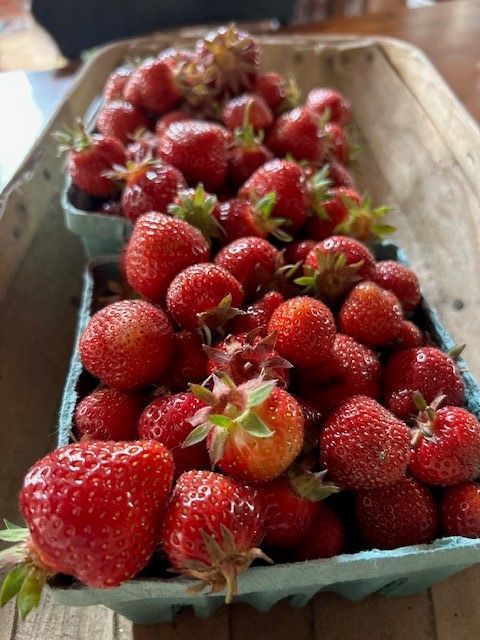
An older term, that we seem to not use that much anymore but maybe that’s in part because not many people “put things by” anymore. It is having a bit of a resurgence as people try to return to the garden and focus on local produce. My in-laws used to spend a lot of time – before I knew them – canning and preserving many different things – from jellies to string beans that became “dilly beans.” I, on the other hand, do not can produce. Frankly, I fear messing up the process and making my family sick. So, for now, I stick to making refrigerator jams and pickles. I have made some chive vinegar – that is frankly, amazing, and a brilliant shade of pink! But in any case, Bartlett’s Farm opened for pick-your-own strawberries on June 7 and I made my way over on June 8. My son has been asking for strawberry jam since about February – I told him I wait for fresh and local but he wanted some so badly he was begging for store bought. I almost caved but then I told him – out of season and they taste like cardboard – and also made a LONG journey to get to us. Once people ate with the seasons – now we do not have to with trains, planes, and ships crossing all over. It is also, why, oftentimes, fruit has no flavor. Produce is picked often before it ripens and “ripens” as it ships – or with sprays – and since many varieties have been crossed with others or engineered, we have lost the taste. I remember tasting a peach a few years back from North Carolina – fresh off the tree. After rubbing it to get all the “fur” off, I bit into an exquisite peach that tasted like a peach of my youth. So, Maria was not eating a strawberry in January but she was eating them in June – local and full of flavor. And likely, putting some by as well. JNLF

